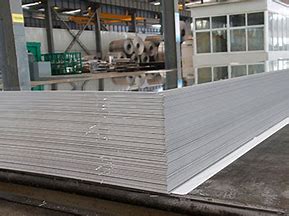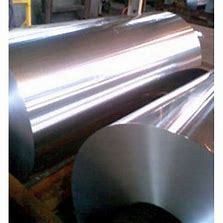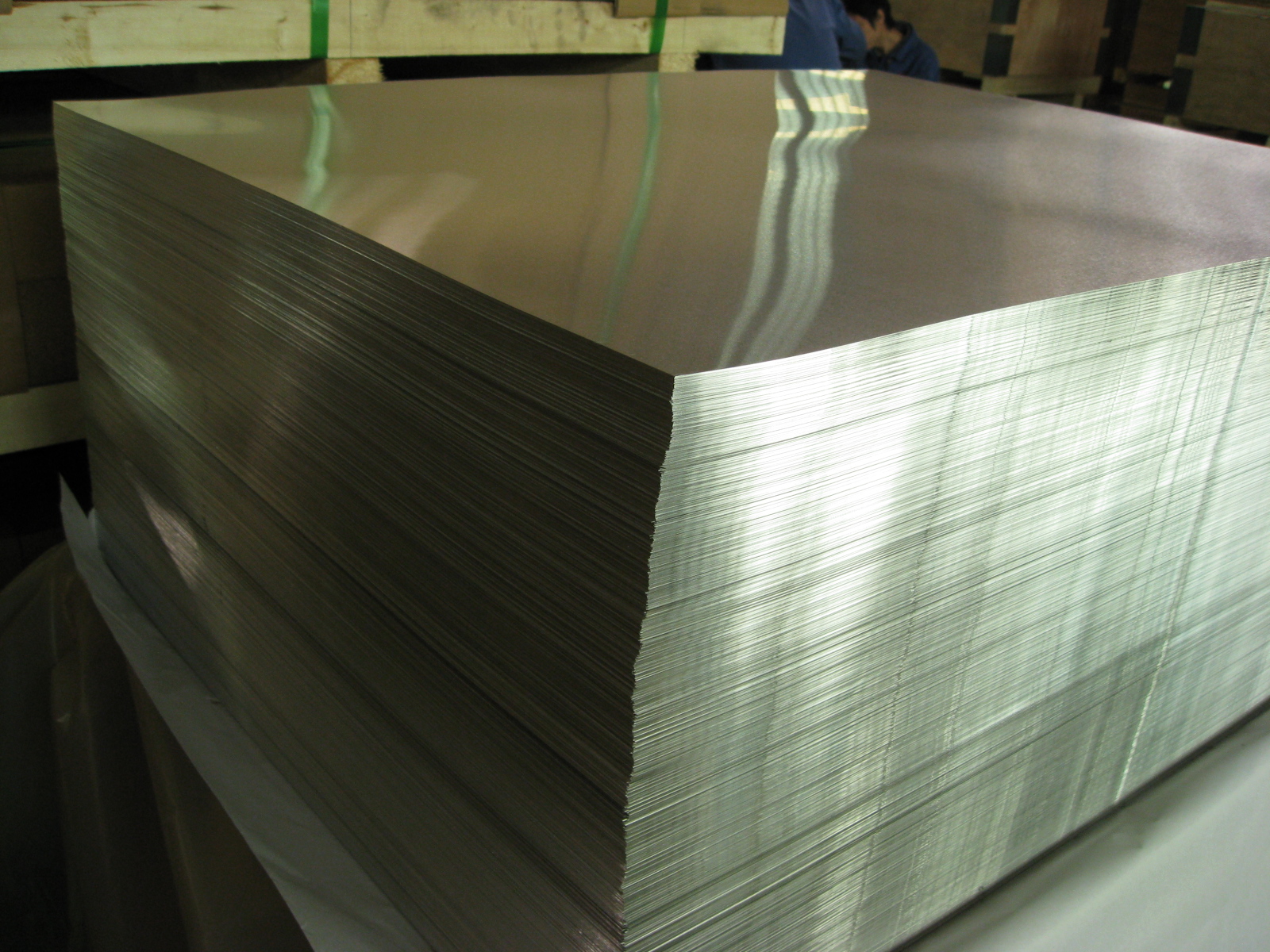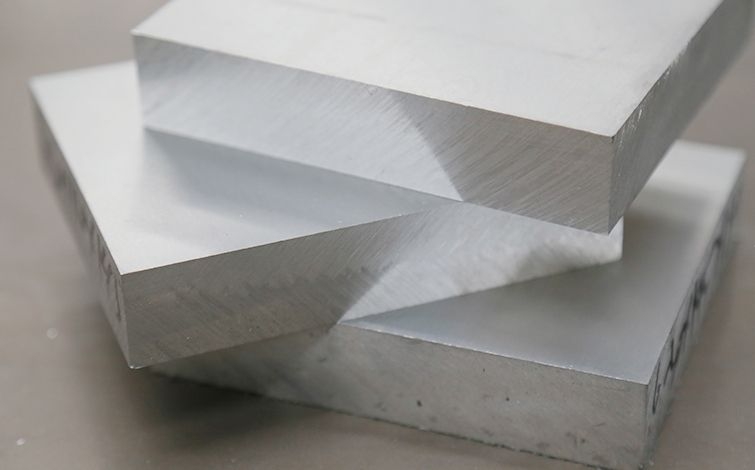



Aluminium materials in aerospace applications
Aerospace aluminium alloys are mainly used as structural materials in aircraft, such as skins, frames, propellers, fuel tanks, wall panels and landing gear struts. The development of aluminium alloys in aerospace applications can be divided into several stages: in the 1950s the main objective was to reduce weight and improve the specific stiffness and strength of the alloy; from the 1960s to the 1970s the main objective was to improve the durability and damage tolerance of the alloy, developing the 7XXX series alloy T73 and T76 heat treatment system, 7050 alloy and high purity alloy; in the 1980s further weight reduction of the structure was required due to rising fuel prices In the 1990s, the development of aluminium alloys has been aimed at further weight reduction and the further improvement of durability and damage tolerance of alloys. For example, the development of new aluminium alloys with high strength, high toughness and high corrosion resistance, and the use of a large number of thick plates processed into complex integral structural components instead of components previously assembled with many parts, will not only reduce the weight of the structure, but also ensure the stability of performance. To achieve this it is necessary to develop thick plate materials with low internal stress.
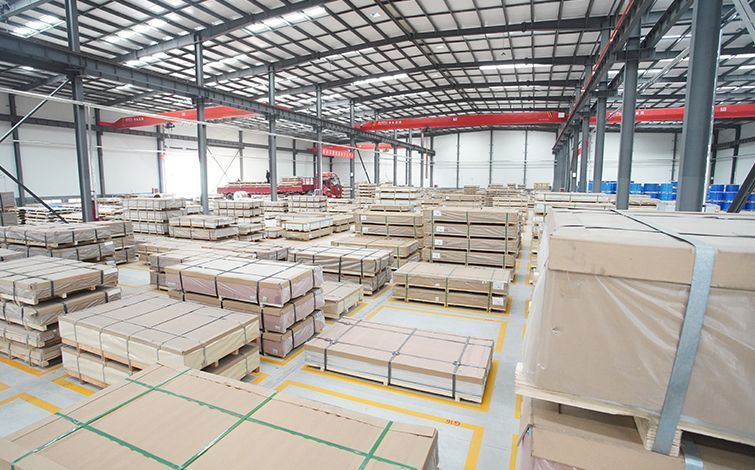
Aluminium alloy thick plates for aerospace applications
Aluminium alloy thick plate is an important structural material for the modern aerospace industry. At present, the aluminium industry in developed countries has continuously developed new aluminium alloy thick plate with excellent performance, among which there are the following commonly used alloys, one of which is 7075-T7651 aluminium alloy thick plate, which has high strength, good toughness, anti-stress performance and anti-spalling corrosion performance, which belongs to the aluminium-zinc-magnesium-copper system of super hard aluminium alloy, which It is widely used in aircraft frames, integral wall panels, landing gears, skins, etc. The second is 7055 super hard aluminium alloy, it is the highest strength alloy in the current deformation aluminium alloy, Alcoa produced 7075-T77 alloy plate strength than 7150 10% higher than 7075 30% higher, and fracture toughness is better, resistance to fatigue crack expansion ability. Aluminum alloy thick plate as aerospace materials have very good overall performance, but there are also quenching residual stresses, the existence of residual stresses seriously affect the subsequent processing of the material and its application, especially when used as structural components subject to alternating loads or work in corrosive environments, residual stresses are a major cause of premature failure of the material or even cause serious accidents. It is therefore very important to investigate methods for the elimination of residual stresses.
* Thank you for your inquiry. Please provide your business needs information so that we can better serve you.
This information can help us assign the most suitable person to solve your problem. We will give you feedback within 1-2 working days.
Related Blog
